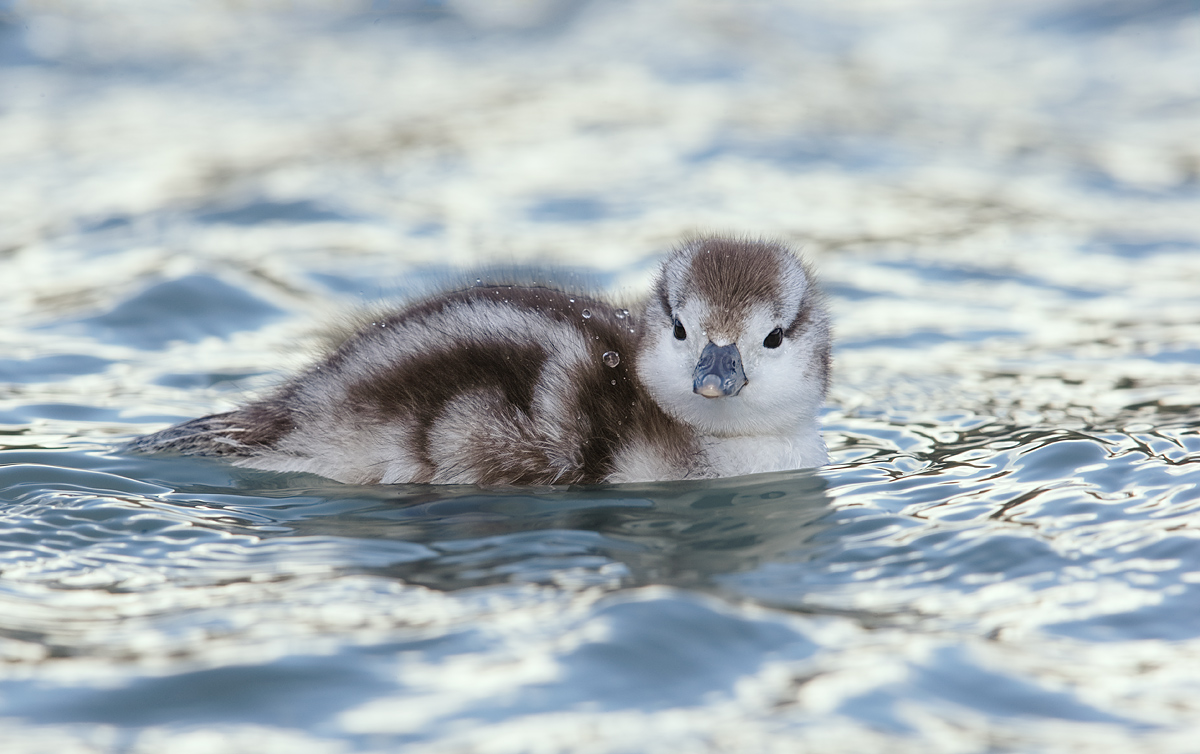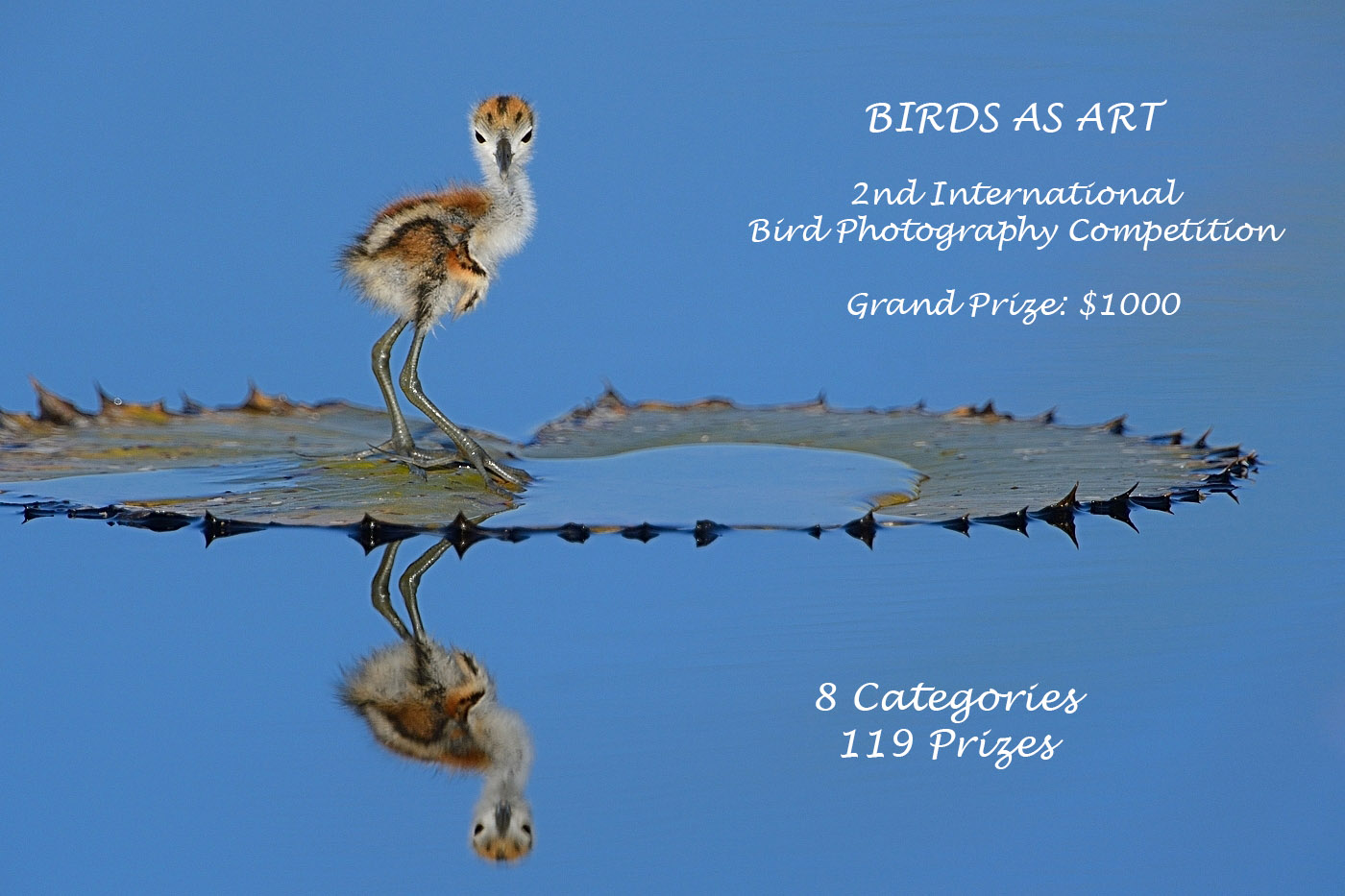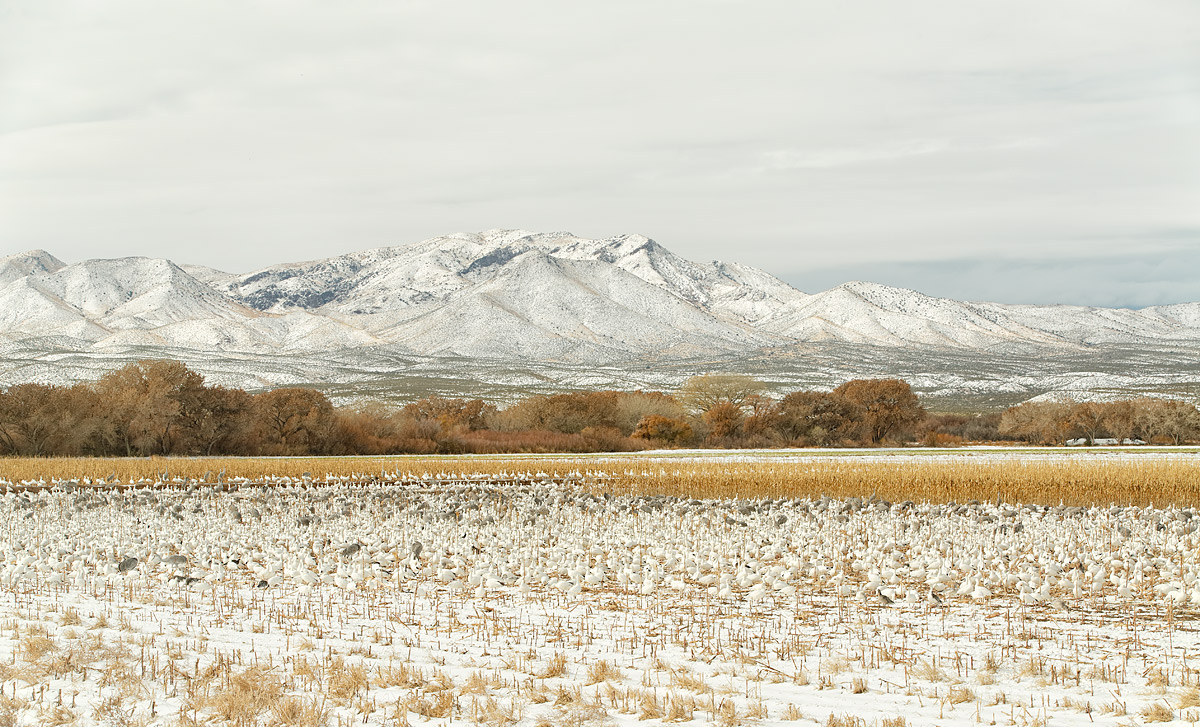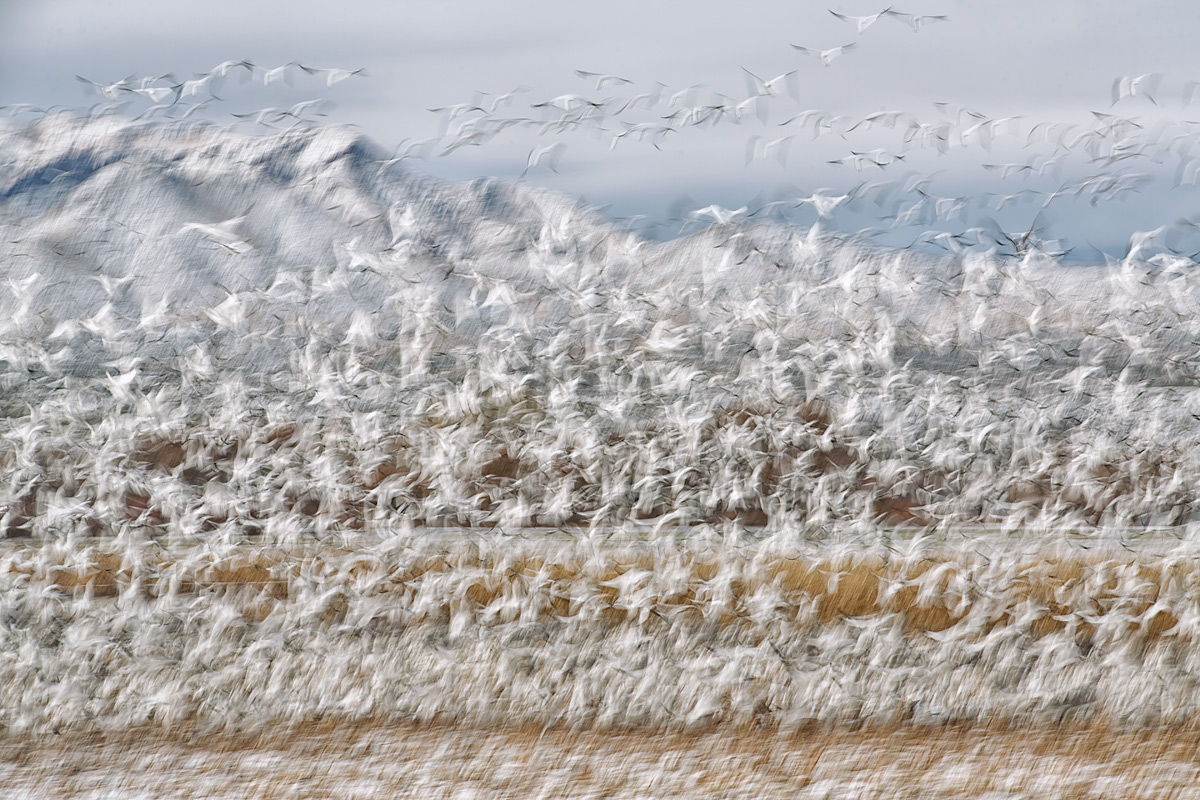This Blog Post…
Like yesterday’s blog post, this post took a bit more than four hours to prepare. Each blog post is presented for your enjoyment, to teach you a few new things about nature photography, and hopefully, to inspire you. Please consider doing all of your Amazon holiday shopping by starting with our Amazon affiliate link immediately below or with one of our B&H affiliate links in and at the end of this blog post. Your purchases will not cost you a penny more and using our links is a great way to thank me for my work here and for my work on the BIRDS AS ART Bulletins. :).
Thanks for considering this request. No purchase is too small to be appreciated!
|
This image was created at Bosque del Apache NWR in San Antonio, New Mexico with the hand held Canon EF 70-200mm f/2.8L IS II USM lens (at 100mm) and the Canon EOS 5D Mark III Digital camera body ISO 100. Evaluative metering +1 2/3 stops as framed: 1/30 sec. at f/11 in Manual mode with the Hoya 77mm Neutral Density (ND) 0.9 (3-stop) Pro 1 Digital Multi-Coated Glass Filter Central sensor/AI Servo Rear Focus/Suround AF on the nearest geese and re-compose. Click here if you missed the latest version of the Rear Focus Tutorial. Be sure to click on the image to enjoy a larger version. |
The Calm Before the Storm
The image above was made on November 24, 2013, our great snow day at Bosque only a few minutes before I created the video below. The calm before the storm indeed.
You Gotta See This: First Ever Published BAA Video
Our day in the snow at Bosque was so spectacular (see here and here) and we had so, so many blast-offs, that I set up the Canon EF 70-200mm f/2.8L IS II USM lens and the Canon EOS 5D Mark III on the Gitzo 3532 LS carbon fiber tripod with the Mongoose M3.6 head and shot lots of video.
ISO 100. Evaluative metering +1 2/3 stops: 1/30 sec. at f/13 in Manual Mode. I used central sensor Surround rear focus AF on the near edge of the flock and re-compose before going to Live View. Click here to see the latest version of the Rear Focus Tutorial.
The Video
The original 15-second video is a relatively huge 166mb file. It looks truly spectacular at 1920 x 1080. My original plan was to post the video on the blog so that all could enjoy it. With help from Peter Kes of course. Peter immediately informed me that the file was way, way, way too large and that it would jam up our server. He agreed to try it anyway in a draft. After 15 minutes of attempted downloading I told Peter that we needed a better solution. 🙂 In short order he down-sized the video to 2.7mb/729 pixels wide “while retaining some quality.”
You can view the video above by pressing the Play arrow. Unless you have a really fast connection, your first attempt to play the video will be accompanied by skipping and fits and starts. After it finishes playing give it a minute or so and then press Play again. Things should go smoothly then. Note: if you give the video a minute or two to load you should enjoy seamless viewing the first time you play it. The quality, however, is only fair but it is the best that we could do given the size and server constraints. I am pretty sure that everyone will get the idea. If you have never experienced a blast-off at Bosque and/or have never experienced snow at the refuge you will surely be impressed.
Great News
Those who wish to enjoy the beyond-spectacular full-screen 166mb original video capture (at 1920 x 1080 pixels) and those who would like to see the fantastic quality of a well-made EOS-5D Mark III video may purchase the full-sized original Movie file for only $5.00. A link to download the file will be sent to you via HightailIt.com. After you save the file to your computer and double-click on it you will be able to view the video full screen in your default viewer whether you use Windows of MAC.
You can purchase your copy at the BAA Online Store by clicking here or by calling Jim at 863-692-0906 with your credit card in hand.
Catching Up

|
|
This Torrent Duck chick image was created with the Gitzo 3532 LS carbon fiber tripod, the Mongoose M3.6 head, the Canon EF 600mm f/4L IS II USM lens, the Canon 2x EF Extender III (Teleconverter), and the Canon EOS-1D X. ISO 800. Evaluative metering +1 stop: 1/400 sec. at f/11 in Av mode. Central sensor (by necessity) Expand/AI Servo Rear Focus AF on the front of the wing stub active at the moment of exposure. Click here if you missed the latest version of the Rear Focus Tutorial. Click on the image to see a larger, cuter version. |
Torrential Miracle
In the November 12 Torrential Miracle post my favorite image by far was the one of the chick above made with the 600 II, the 2X III, and the 1D X. Why? The cuteness, the duckling’s expression, and the incredible sharpness.
I also asked, “In the second image, the one of the hen with the two chicks, why should I have added 2/3 stop more light than for the image of the drake?” Joel Haas was correct in part when he said, “Because the overall tonality of the background was much lighter than the background in the image of the
drake, and you wanted to properly expose the birds.” David Policansky added more important information when he commented “I’d have added more light to the hen and chicks because with the drake you had that brilliant white on its head that you didn’t want to blow out. The hen and chicks don’t have that.” I’d like to add that the background was darker and the WHITEs brighter in the image of the drake because the sun was much stronger than in the image of the hen with the two chicks. As I say and write often, “When the sun is at or near full strength, the meter does a pretty good job. When it is cloudy of overcast the meter is dumb. You need to add a lot more light with scenes that average to well lighter than a middle tone.”
Folks who have no clue as to how to get the right exposure are directed to the Exposure Simplified section of ABP II and the chapter on Exposure Theory in ABP. Best advice: save $10 by purchasing the two book combo here and start studying. Getting the right exposure with digital should be the easiest thing in the world; all that you need to do is make sure that you have data in the right-most histogram box without any blinkies on the subject or important parts of the background….
Creating Black-Lit Magic
In the Creating Black-Lit Magic post I was surprised to learn that most folks preferred the white rim light to the red rim-light. I will take that into account when I process more images from that series. And I may redo some of the images that were posted there.
|
This image was created with the hand held Canon EF 70-200mm f/2.8L IS II USM lens, the Canon 1.4x EF Extender III (Teleconverter) (at 180mm), and the Canon EOS 5D Mark III Digital camera body ISO 50. Evaluative metering +2 1/3 stops off the white sky: 1/13 sec. at f/14 in Manual mode, with the Hoya 77mm Neutral Density (ND) 0.9 (3-stop) Pro 1 Digital Multi-Coated Glass Filter Central sensor/AI Servo Rear Focus/Suround AF active at the moment of exposure. Click here if you missed the latest version of the Rear Focus Tutorial. Be sure to click on the image to enjoy a larger version. |
Beyond Spectacular Part I
In the Beyond Spectacular Part I post my very favorite image from the snow day was Image #5 above. Why? The surreal look and the sublime mountain background. Wish this one luck in the next BBC Wildlife Photographer of the Year Competition…
A Name for this Image…
If you have a creative name for this image I would appreciate your leaving a comment.
Image Questions
I also asked the following questions:
1-Why was I using the Hoya 77mm Neutral Density (ND) 0.9 (3-stop) Pro 1 Digital Multi-Coated Glass Filter for images #1 and #5?
I use the 3-stop ND filters so that I can work at wider apertures. You spend a lot less time cleaning dust spots at f/8 than you do at f/22. In addition, in bright conditions, the 3-stop ND filters allow me to get to the very slow shutter speeds that I sometimes like to employ, shutter speeds in the range of from 1/4 to 1/15 sec. In bright sun you cannot achieve those speeds even at ISO 50.
2-Why was f/16 a poor choice in Image #3?
There was no need to stop down so much if at all. Why? Depth-of-filed with short lenses is great, especially with relatively distant subjects. A much wider aperture, perhaps one like f/8 or even f/5.6, would have yielded a faster shutter speed. The distant subjects and the 1/400 sec. shutter speed allowed me to get lucky.
Last Year’s Grand Prize winning image by Lou Coetzer

|
BIRDS AS ART 2nd International Bird Photography Competition
The December 31, 2013 closing deadline is fast approaching.
Learn more and enter the BIRDS AS ART 2nd International Bird Photography Competition here. Twenty-five great prizes including the $1000 Grand Prize and intense competition. Bring your best.
Support the BAA Blog. Support the BAA Bulletins: Shop B&H here!
We want and need to keep providing you with the latest free information, photography and Photoshop lessons, and all manner of related information. Show your appreciation by making your purchases immediately after clicking on any of our B&H or Amazon Affiliate links in this blog post. Remember, B&H ain’t just photography!




Amazon
Everyone buys something from Amazon, be it a big lens or deodorant. Support the blog by starting your search by clicking on the logo-link below. No purchase is too small to be appreciated; they all add up. Why make it a habit? Because I make it a habit of bringing you new images and information on an almost daily basis.
Typos
In all blog posts and Bulletins feel free to e-mail or leave a comment regarding any typos, wrong words, misspellings, omissions, or grammatical errors. Just be right. 🙂
IPT Info
Many of our great trips are filling up. You will learn more about how to make great images on a BAA IPT than anywhere else on the planet. Click here for the schedule and additional info.
















Loved the video. Thanks for sharing.
Loved seeing the video in Bosque and enjoyed seeing it again, it played fine here. It was a glorious day!
Thanks Lady D. Glorious indeed!
The video played fine here also. Very nice! What software did you use to resize it? dan b.
I think that Peter used a free program called Handbrake.
Post the full size video to vimeo.com then provide the link, I would like to see the original.
Great plan. My understanding is that the quality is no as good. I would like to get $5 from folks who would like to see the original file :).
Thanks for your video [ it played fine ] and desire for input . I’d like to comment about the Birds … the Flock . Like humanity , there is always the masses [ the Flock ] … then a few with increased Awareness . I am thinking about the few Birds that departed last after the Flock blasted . From my view , they are the smart ones … with increased Awareness that wait till the air smooths for more efficient flight , joining the ” Blast ” with ease . Maybe they are the ” Jonathan Livingston Geese .”
Thank You for your work …
Thanks. I was wondering about the three malingerers….
Someone has to start, some (mostly tongue in cheek) suggestions:
Snow storm
Rhapsody in white
I dropped my snow globe
Blast off at cape goose
Bosque del ganso
Pick me BBC!
Title for your photo: 5, 4, 3, 2, 1. . .we have lift off
Hi Artie,
Wow, what a great 15 seconds! As for file size, you might want to look into Amazon S3, their video serving service. Like all things Amazon, it is inexpensive and bullet proof. In short, your video resides on their high-powered servers and is served from their to your site. All this occurs seamlessly with no delays as if it was on your site. And the cost is extremely low.
Video played fine the first time. I’ll have to try one with the 5D3 in the backyard with our Elkhounds providing the action. Thanks for shooting it and thinking to post it and to Peter for making it workable.
Somehow the small blastoffs at the Viera Wetlands will never be as exciting as they once were 🙁
The video played just fine. Awesome. I wish I were there to see it in person. Thanks for posting.
The video played just fine and thanks for the posting the video.
Video played first time w/o any problem and looked great. I have yet to take a video but its on my list. As to your comments regarding adding exposure compensation, I was wondering how you have your camera set up. Do bypass the exp comp button some way?
Thanks Bill. As far as the camera set up, to which image are you referring? artie
No particular image. I just find it problematic to push the exp comp button and then the dial and want to be able to just set a dial to work exp comp without the need to hit the button. I have searched the manual and cannot find such an option on the 1D4. Just wondering if you had found it.
Bill, I am totally confused. First off, all of the images here are made in Manual mode. “Compensation” is determined by looking at the analogue scale in the viewfinder. When I work in an automatic mode like Av or Tv I simply push the shutter button half way and dial in the compensation plus or minus with the thumb wheel. If you have to push a button to dial in EC you are living in the dark ages. You can learn a ton in our camera User’s Guides…
You are not confused but I am forgetful (I was talking about shooting in aperture priority which I do mostly) I learned that technique years ago but promptly forgot it. Thanks. I keep meaning to order your 1D4 guide. Will do.
YAW. Good plan. I occasionally run into folks still pushing the button in order to dial in EC… artie
The video played beautifully and brought back memories of our several wonderful visits to Bosque Del Apache. THANKS! I enjoy all your blogs.